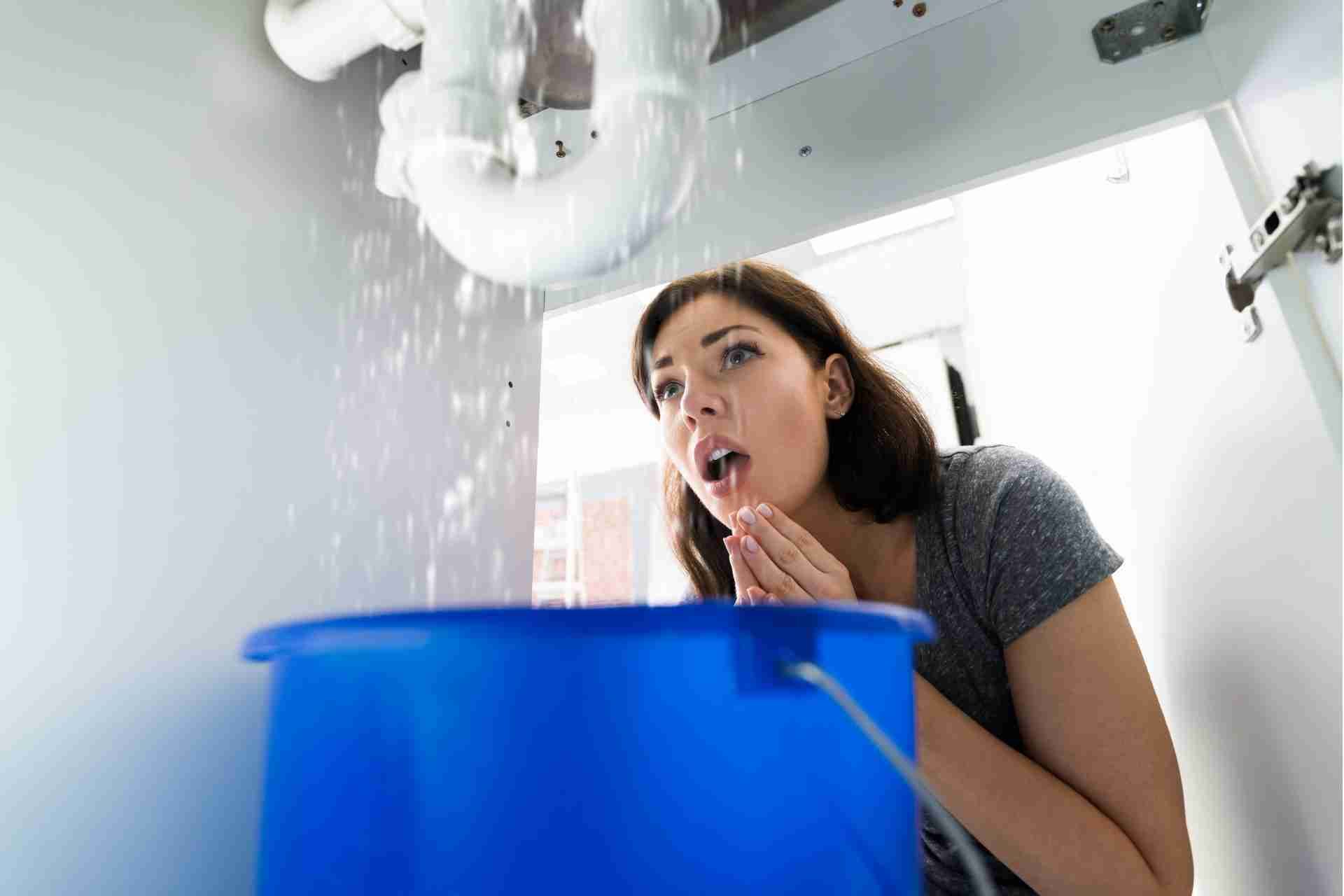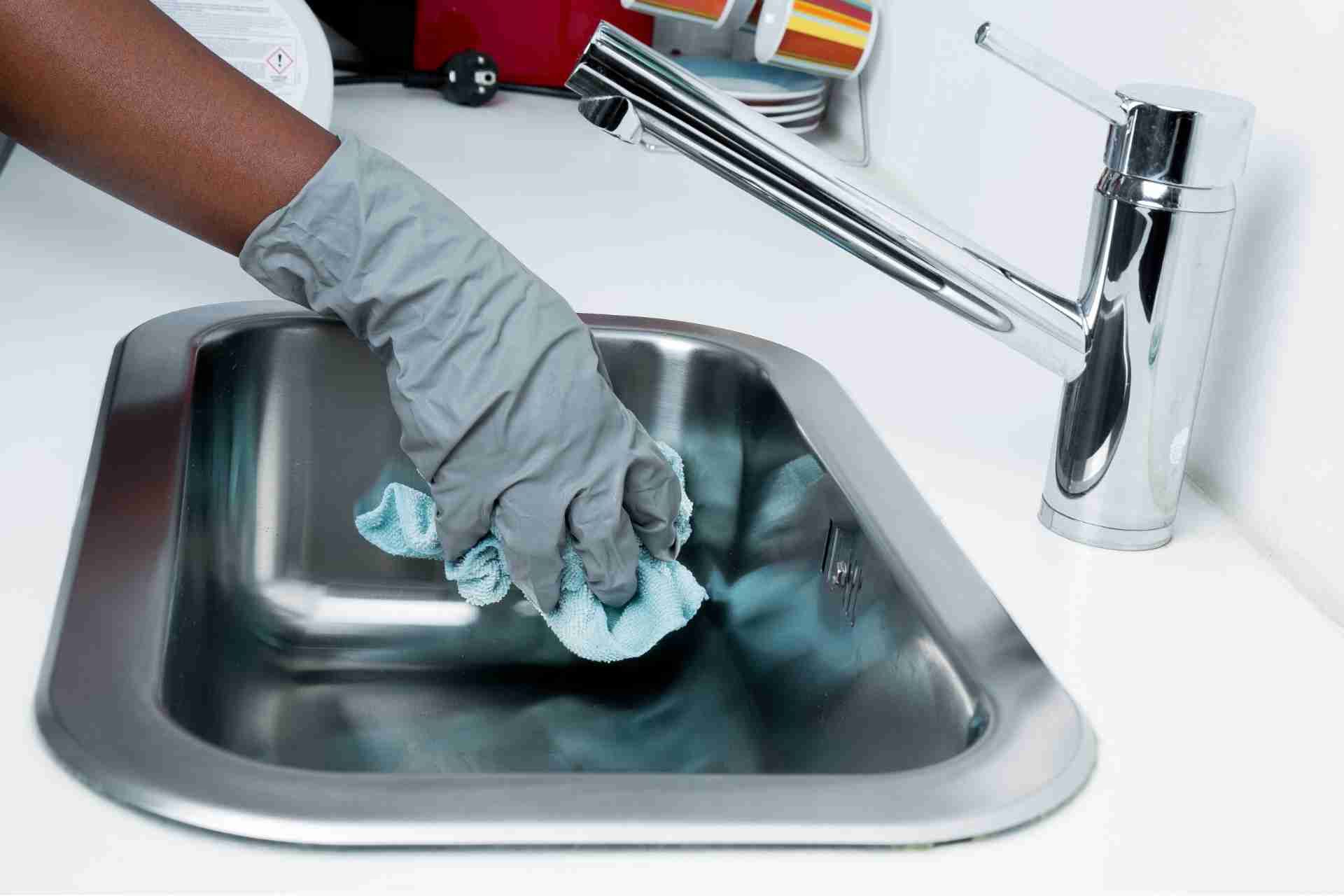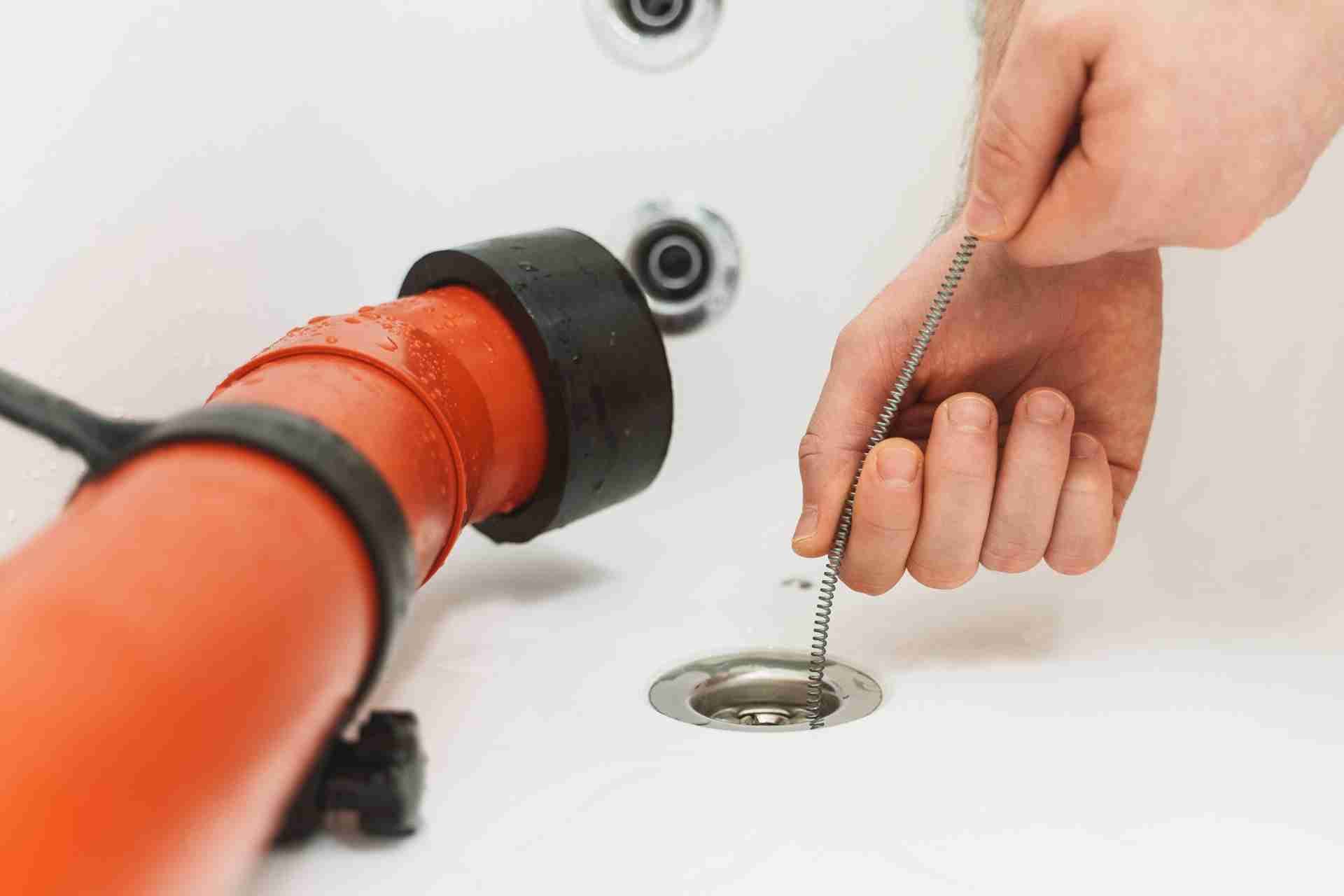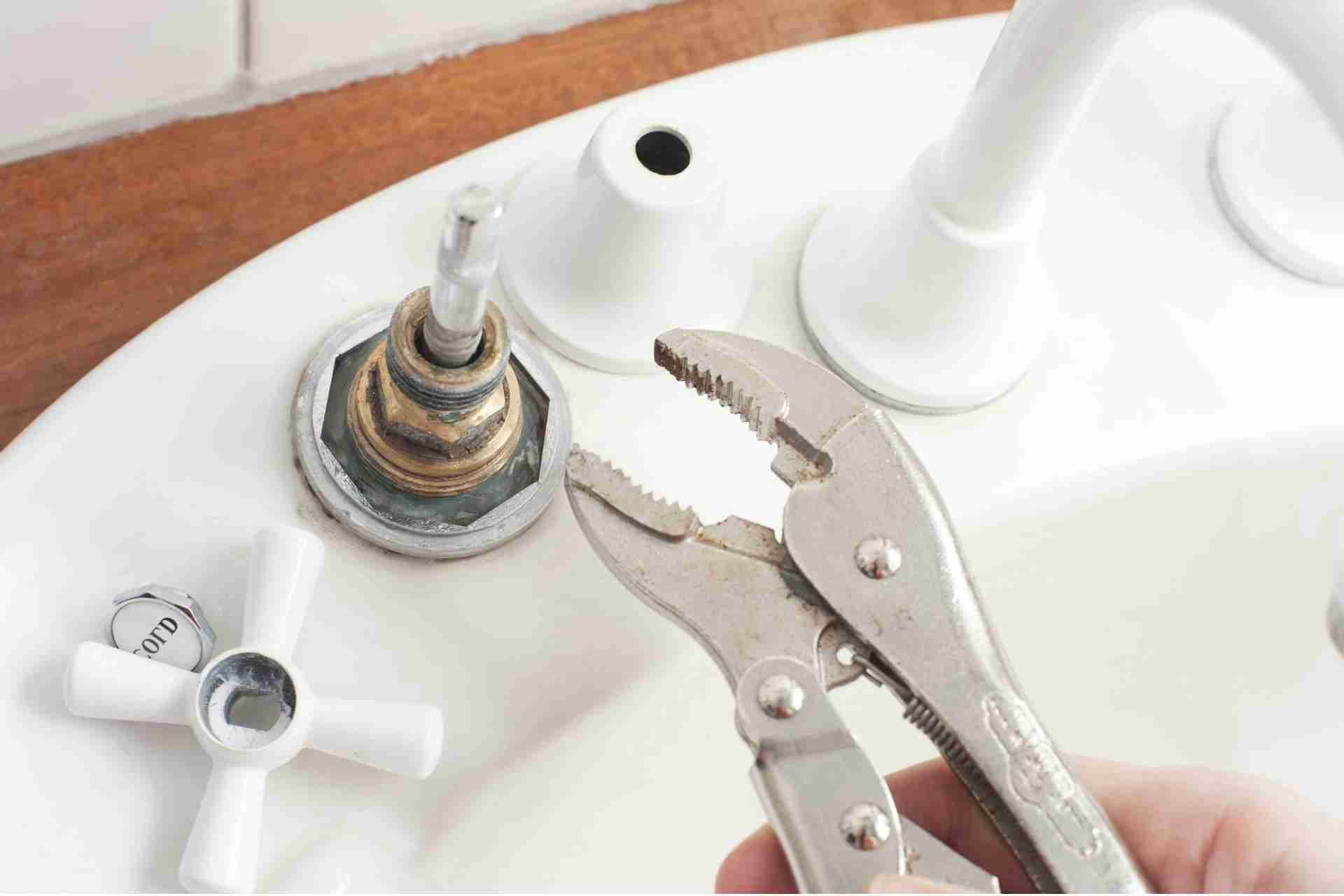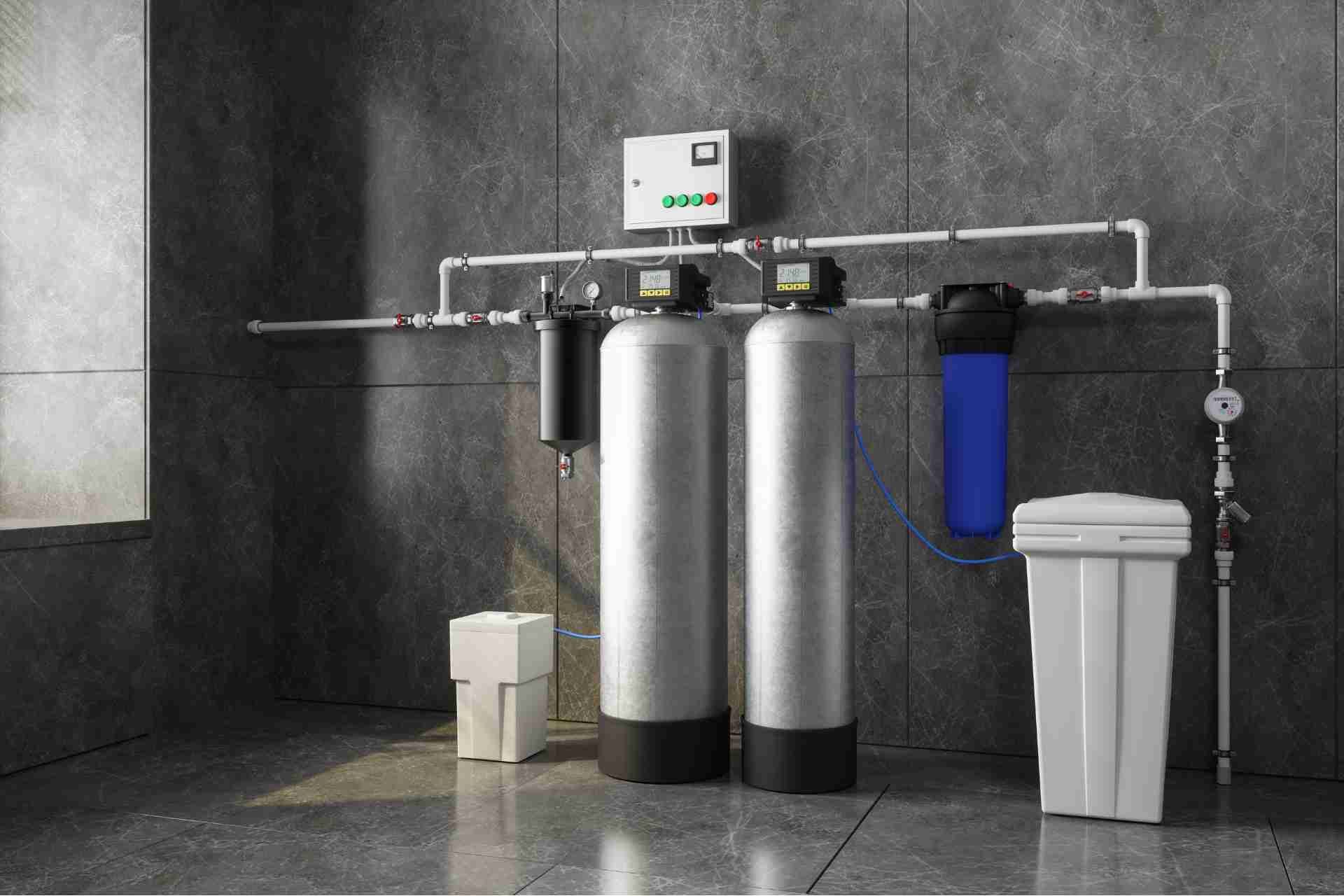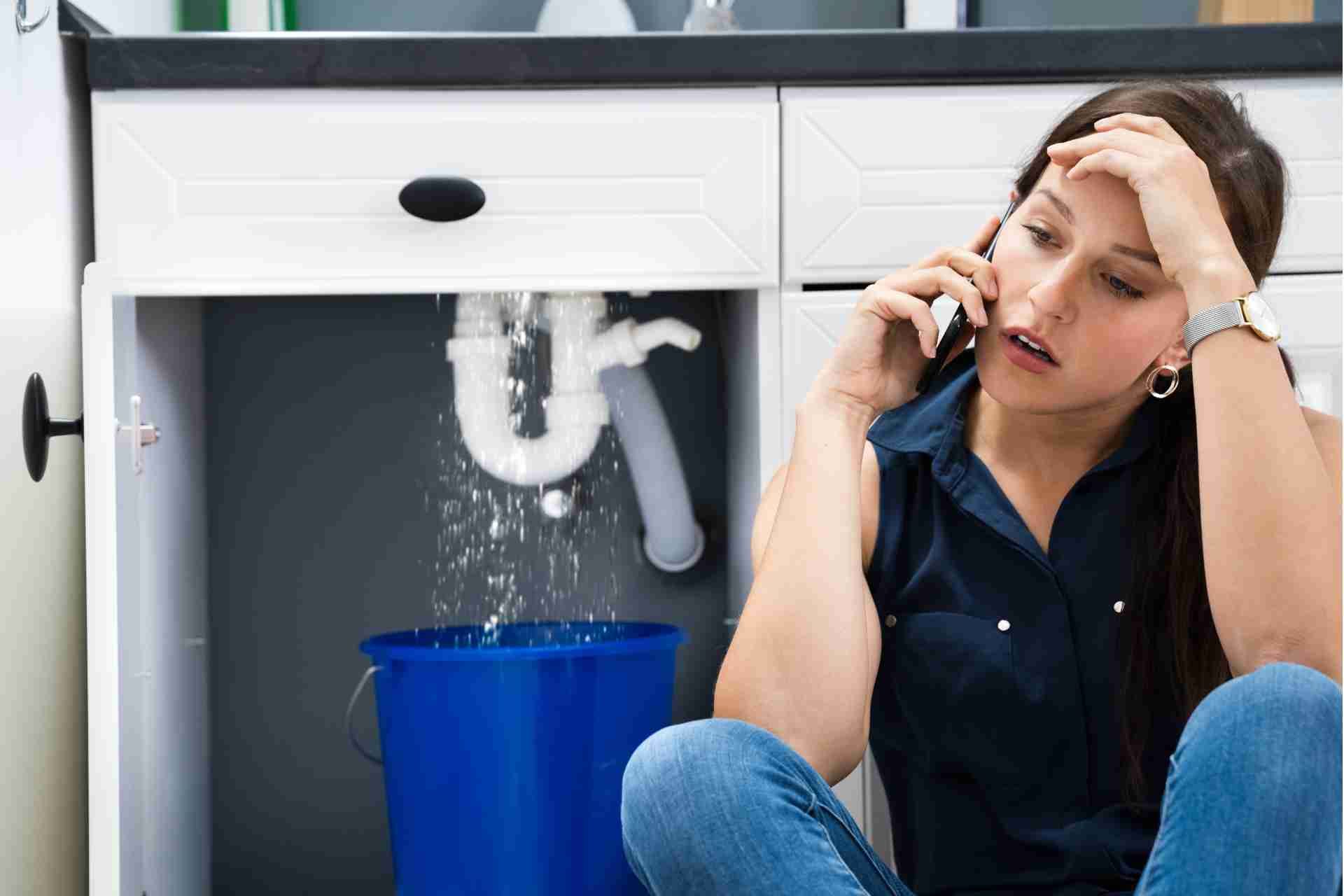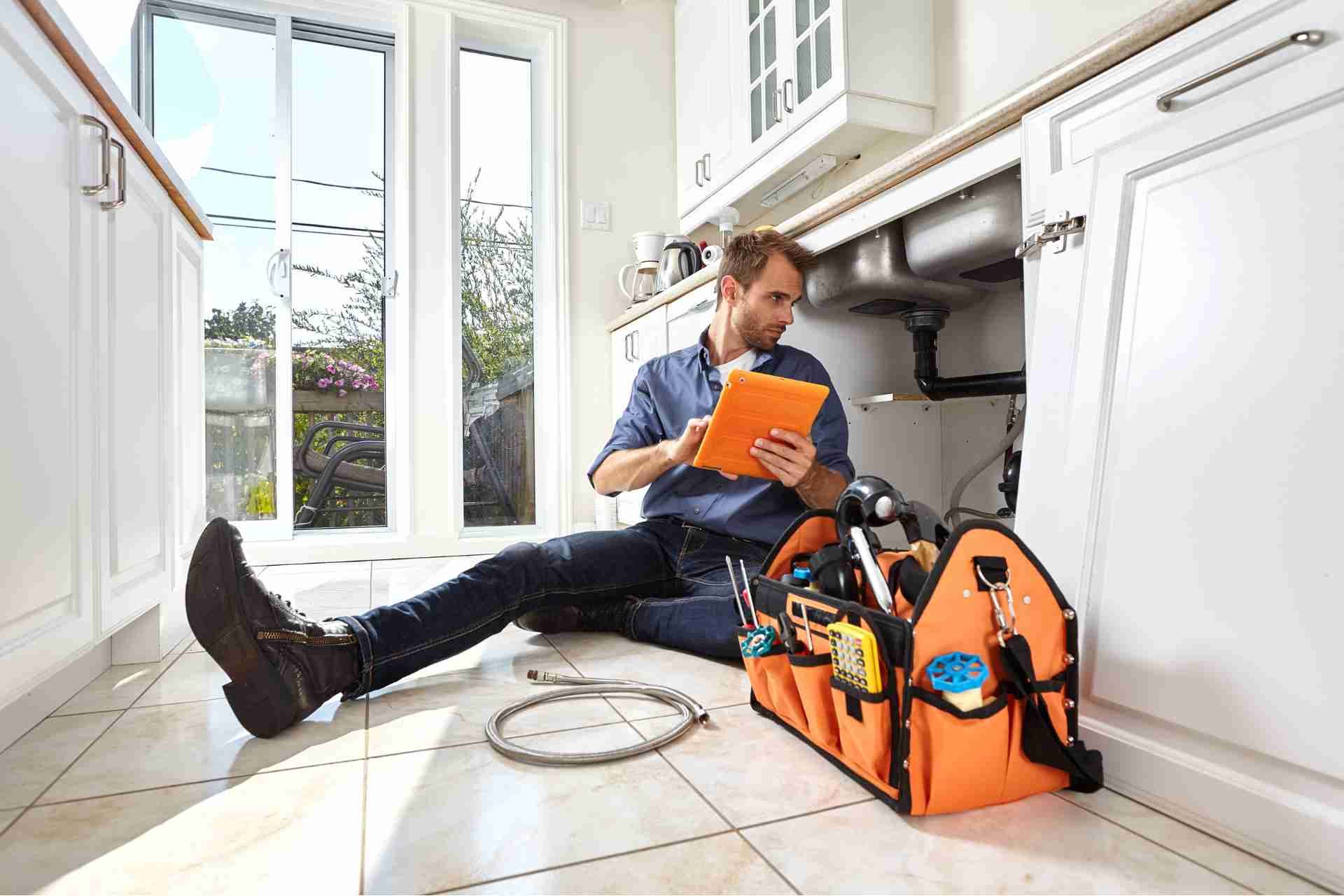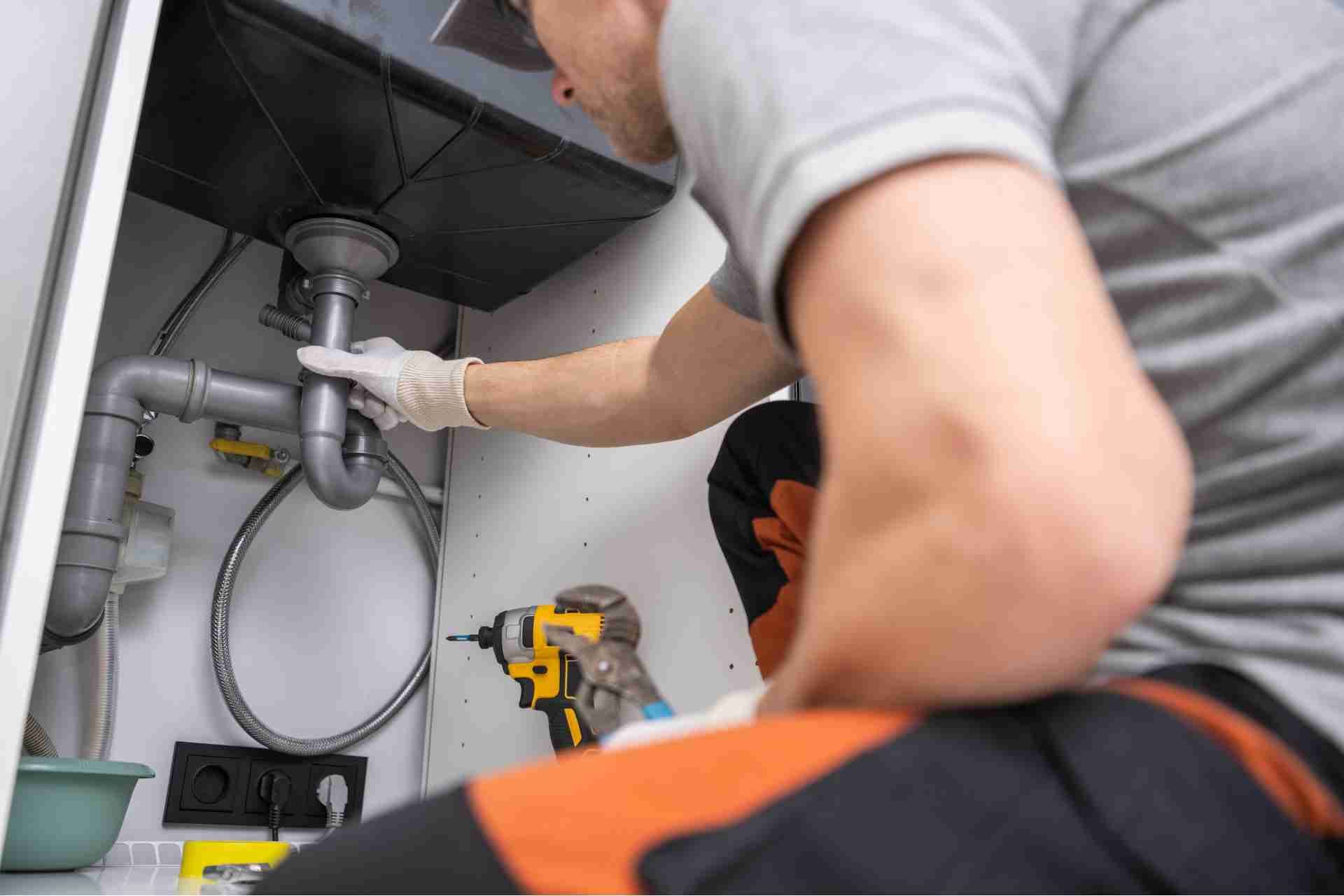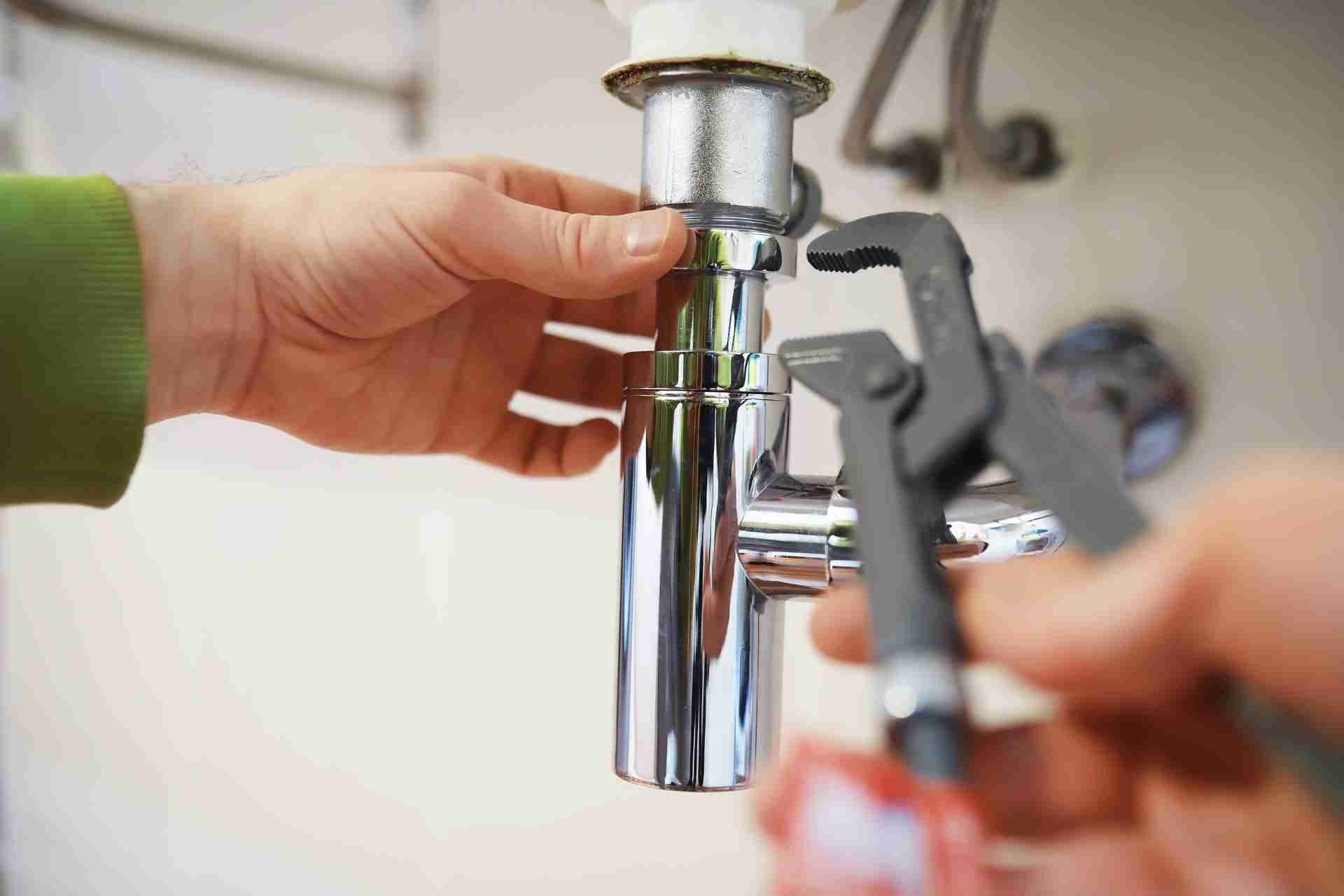Common Shower Head Problems: How to Fix?
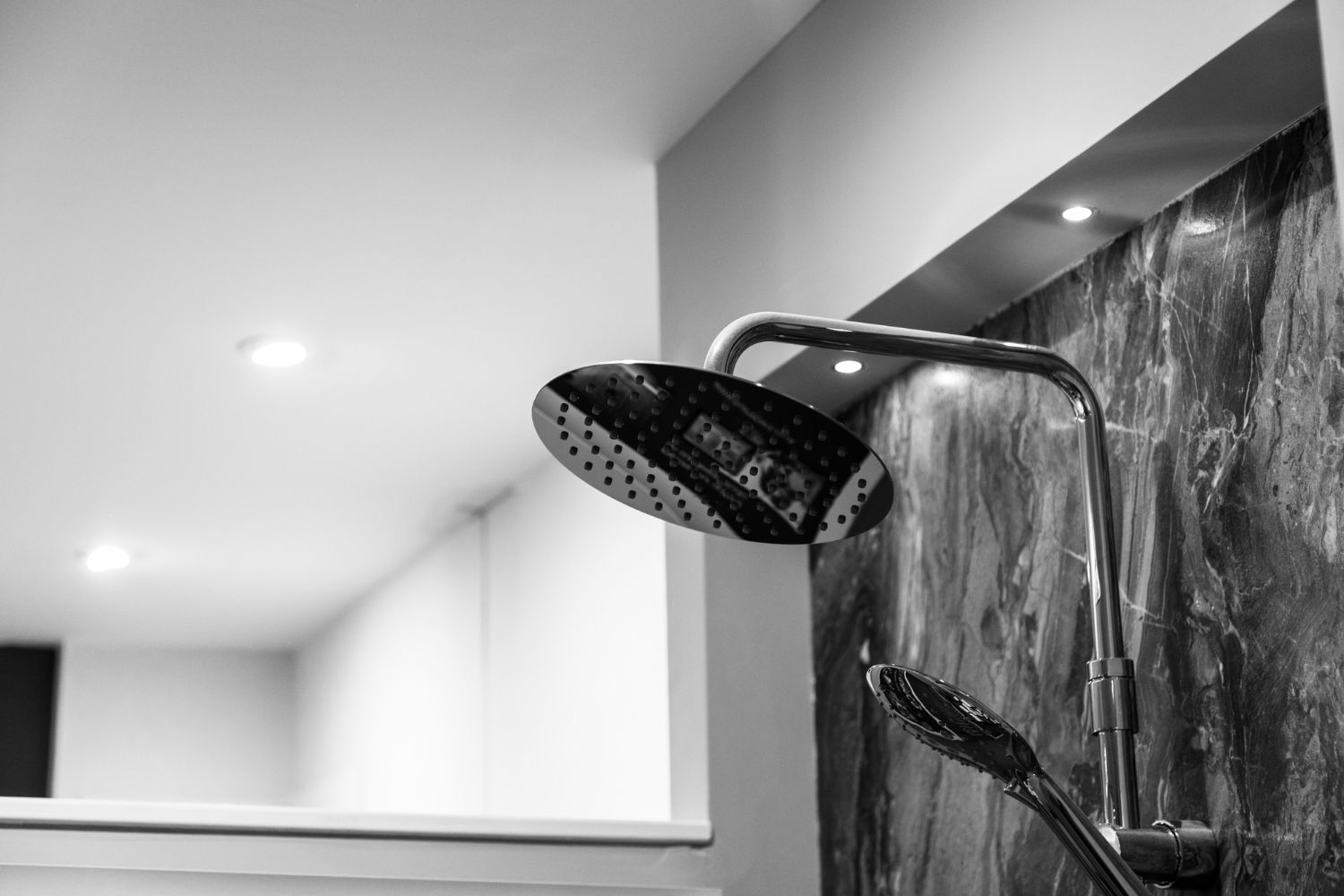
Your daily shower can be a rejuvenating experience, but when issues arise, they can turn this ritual into a frustrating ordeal. From a weak trickle to unexpected temperature changes, there are a range of common problems that can affect your showering experience. Low water pressure, a leaky fixture, or a stubborn clog can lead to frustration, that's why understanding the root of the issue can help you restore your shower to its optimal functionality.
Here is a breakdown of some of the most prevalent shower problems homeowners encounter, along with their potential causes and solutions.
Common Shower Head Problems
Common shower head problems can arise due to various reasons, including wear and tear, mineral buildup, and installation issues.
Low Water Pressure
This can be caused by mineral buildup (usually limescale) inside the shower head, which restricts the flow of water. It can also be due to issues with the water supply itself.
Uneven Spray Pattern
If the water flow is not uniform and some nozzles are clogged or not working properly, it could be due to mineral deposits or debris blocking the openings.
Leaking or Dripping
This is often caused by a worn-out or damaged washer or seal within the shower head.
Constant Dripping After Use
If the shower head continues to drip after you've turned off the water, it's likely a sign that the diverter valve (which controls water flow) is not sealing properly.
Spray Direction Issues
If the shower head is not adjustable, or the adjustment mechanism is damaged, you may not be able to direct the spray where you want it.
Rust or Corrosion
Over time, metal components in the shower head can corrode, leading to issues with both water flow and water quality.
Cracks or Breaks
Physical damage to the shower head can cause leaks, uneven spray, or even complete failure.
Improper Installation
If the shower head isn't installed correctly, it could cause various problems, including leaks or water pressure issues.
Temperature Fluctuations
If the water temperature fluctuates unexpectedly, it may be due to issues with the mixing valve or temperature control.
Old or Worn-Out Shower Head
Like any household item, shower heads have a lifespan. Over time, the internal components may wear out, leading to problems.
Non-functioning Massage or Spray Settings
If your shower head has multiple settings for different spray patterns or massage features, these could malfunction due to mineral buildup or other internal issues.
Inadequate Water Filtration
If your water supply has high mineral content or impurities, a lack of proper filtration can lead to various problems with the shower head.
Steps to Identify Shower Head Problems
Detecting shower head problems can help you address them before they escalate into more significant issues. By systematically examining these aspects, you can gain a clearer understanding of any potential issues with your shower head. This information will be valuable in determining the appropriate steps for repair or replacement.
- Turn on the shower and observe the water flow. If it's weaker than usual, this indicates a potential low water pressure issue.
- Inspect the shower head while it's running. If you notice that some nozzles are not emitting water or the spray is erratic, this suggests a blockage.
- After turning off the shower, check for any lingering drips. A consistent drip indicates a problem with the shower head or its connections.
- Observe the shower head after turning off the water. If it continues to drip, it suggests a problem with the diverter valve.
- Test the adjustability of your shower head. If it's not directing the spray properly, there may be a problem with the adjustment mechanism.
- Examine the surface of the shower head for any signs of rust or corrosion. This could indicate the need for replacement.
- Inspect the shower head for any visible cracks or physical damage. Such issues can lead to leaks or uneven water distribution.
- If you recently installed a new shower head or had plumbing work done, ensure that it was installed correctly. Any signs of a faulty installation should be addressed.
- While using the shower, pay attention to any sudden shifts in water temperature. Inconsistent temperature may be a sign of a valve or plumbing issue.
- Test each setting on your shower head. If certain features like massage settings are not working, there may be an internal problem.
- Consider the quality of your water supply. If it's known to have high mineral content or impurities, this could contribute to shower head issues.
- Consider how long your current shower head has been in use. Over time, internal components may wear out, leading to problems.
How to Fix Common Shower Head Problems
- Low Water Pressure
Solution: Remove the shower head and soak it in a mixture of equal parts water and vinegar for several hours. Use a brush or toothpick to remove mineral deposits from the nozzles.
- Uneven Spray Pattern
Solution: Clean the shower head as described above. If this doesn't work, consider replacing it with a new one.
- Leaking or Dripping
Solution: Turn off the water supply to the shower. Disassemble the shower head and check for worn-out washers or seals. Replace any damaged parts and reassemble the shower head.
- Constant Dripping After Use
Solution: Check the diverter valve for wear or damage. If necessary, replace the valve with a new one.
- Spray Direction Issues
Solution: If the adjustment mechanism is damaged, consider replacing the shower head. Ensure that the new one has a functioning adjustment feature.
- Rust or Corrosion
Solution: If the rust or corrosion is severe, consider replacing the shower head. Otherwise, you can try cleaning it with a mixture of water and vinegar.
- Cracks or Breaks
Solution: If the shower head is cracked or damaged, it's best to replace it to avoid further leaks or problems.
- Improper Installation
Solution: If you suspect an improper installation, consult the manufacturer's instructions or a professional plumber to reinstall the shower head correctly.
- Temperature Fluctuations
Solution: If the temperature fluctuations are severe, it may indicate a problem with the mixing valve. Consult a plumber to diagnose and repair the issue.
- Non-functioning Massage or Spray Settings
Solution: If specific settings are not working, it could indicate an internal issue. Consider replacing the shower head with a new one.
- Inadequate Water Filtration
Solution: Install a water filtration system or consider using a shower head with built-in filtration to address water quality issues.
- Age and Wear
Solution: If the shower head is old and worn out, the best solution may be to replace it with a new, high-quality one.
Call a Professional Immediately
Remember to always turn off the water supply before attempting any repairs, and if you're unsure about any step, it's best to consult a professional plumber.
Reach out to Tru-Flo Plumbing at
1-877-783-8783 and we are ready to exceed your expectations every step of the way.


